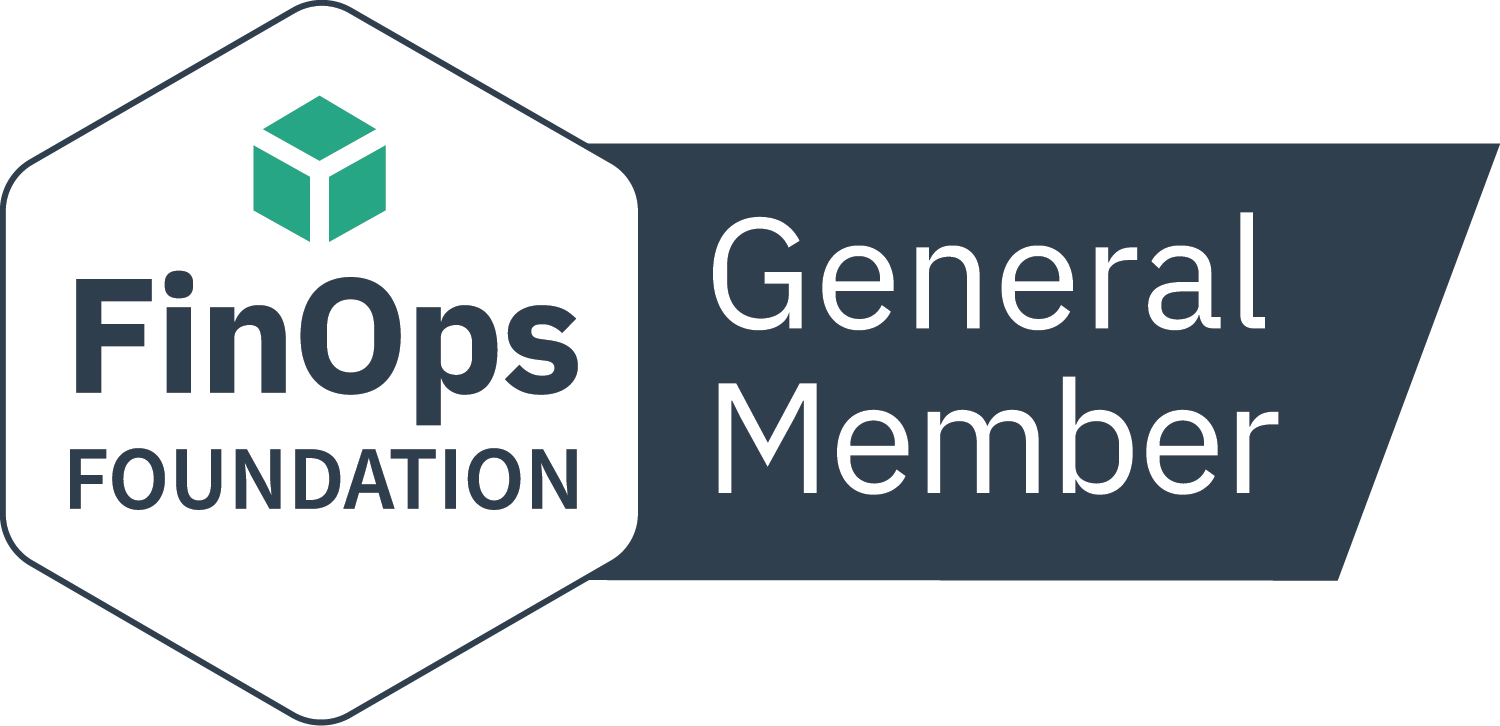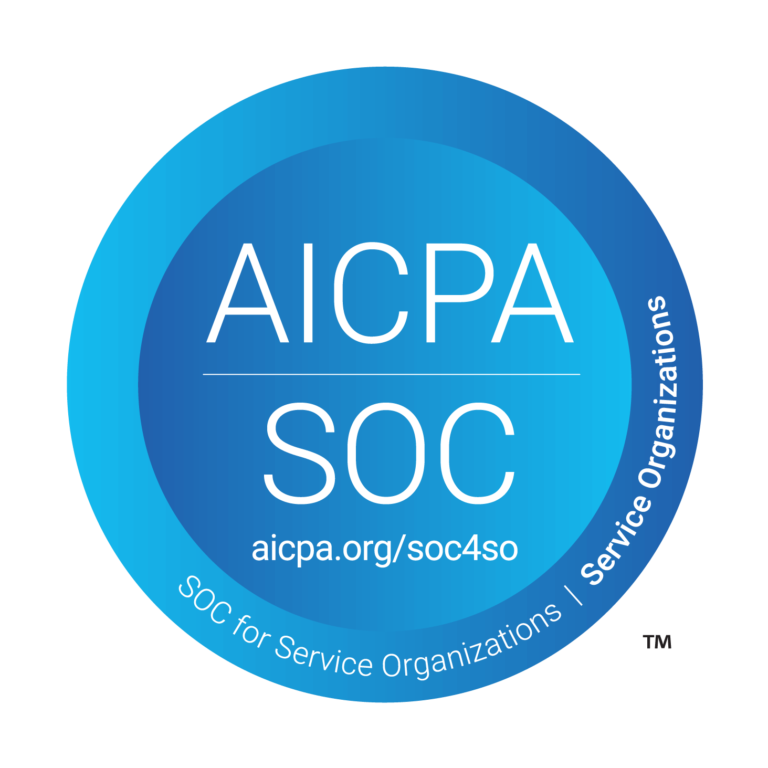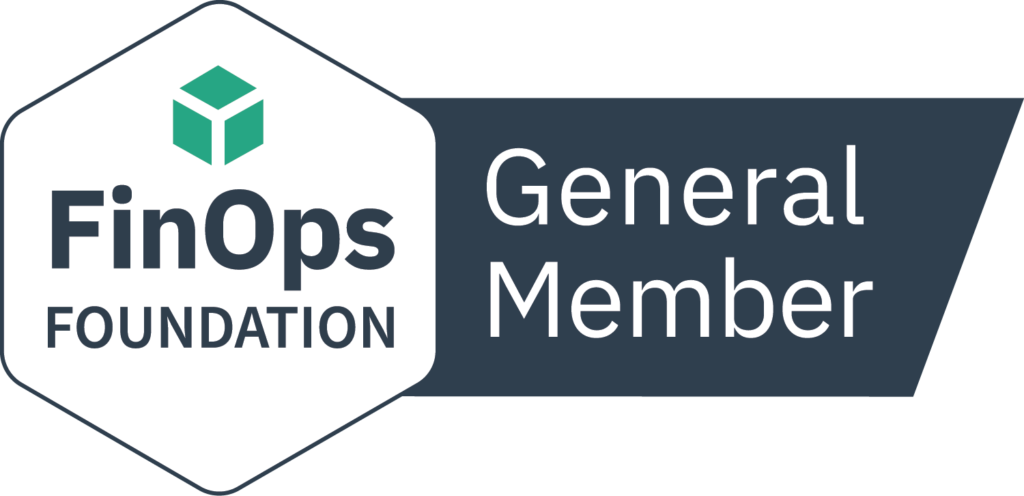As businesses increasingly turn to artificial intelligence (AI), machine learning (ML), and high-performance computing (HPC), the demand for powerful computing resources like Graphics Processing Units (GPUs) has skyrocketed. GPUs are essential for processing large-scale computations but are expensive to acquire and maintain, especially in on-premises environments. Hence, organizations need a clear strategy to allocate these costs effectively, leading to the need for GPU chargeback.
Chargeback systems allow businesses to distribute the costs of GPU usage to specific internal departments or even directly to customers. In this blog, we will explore how GPU chargeback works in on-prem environments, the challenges organizations face, and how Kubernetes often plays a pivotal role in managing GPU resources.
What is GPU Chargeback?
GPU chargeback is a financial model where the cost of GPU usage is allocated to specific users, departments, or clients based on actual usage. In traditional IT environments, resources like CPU, storage, and memory are charged back to departments or clients based on usage metrics. With GPUs being high-cost resources, companies need an efficient and accurate way to do the same.
For on-prem setups, this process is even more crucial. Organizations need to track and bill GPU usage for internal accounting purposes, customer billing, or project-based budgeting.
What are the Challenges of GPU Chargeback?
While the concept of chargeback is straightforward, implementing an effective on-premises GPU chargeback system presents several challenges:
1. Complexity in Resource Tracking
Tracking GPU usage is inherently more complex than traditional resources like CPU and memory. GPUs are often shared between multiple users or jobs, and usage patterns can vary significantly. Accurately measuring GPU time, memory usage, and power consumption adds a layer of complexity that many organizations struggle to address.
2. Resource Sharing
Many GPU workloads run in shared environments, where multiple jobs are assigned to the same GPU over time. This leads to difficulties in isolating usage metrics and determining fair costs for each user. This challenge becomes even more significant when organizations charge external customers, as customers expect precise tracking.
3. Lack of Standardized Tooling
Many chargeback systems are built for CPU and memory, but the unique characteristics of GPUs require customized tooling. Organizations that run on-premises environments may lack dedicated tools for tracking GPU metrics such as utilization, memory consumption, and power draw, which complicates the chargeback process.
4. Difficulty in Price Calculation
Determining the right cost for GPU resources involves more than just upfront hardware costs. Organizations must consider ongoing maintenance, energy consumption, cooling, and other operational costs when creating a chargeback model. Balancing these costs with accurate pricing is a challenge, especially for on-prem deployments.
What Role Does Kubernetes Play?
Kubernetes, the de facto container orchestration platform, has become instrumental in managing GPU resources in both cloud and on-prem environments.
Here’s how Kubernetes plays a crucial role in GPU chargeback:
1. Resource Allocation and Isolation
Kubernetes is designed to efficiently manage containerized workloads and offers advanced scheduling capabilities for GPU-based applications. Its scheduler allocates GPUs to specific containers based on predefined rules, enabling accurate tracking of resource usage for chargeback and cost allocation.
Kubernetes supports various NVIDIA GPU configurations, such as Time-Slicing, CUDA Multi-Process Service (MPS), and Multi-Instance GPU (MIG), to facilitate sharing and optimal utilization. By leveraging device plugins, organizations can expose GPUs to specific containers while maintaining isolation of each container’s GPU usage. This ensures precise tracking of resource consumption and enables fair cost allocation across departments, projects, or customers, even in complex multi-tenant environments.
2. Monitoring and Metrics Collection
Kubernetes integrates seamlessly with monitoring tools like Prometheus and Grafana, which can be used to track GPU usage metrics. By collecting real-time data on GPU utilization, memory consumption, and job duration, Kubernetes enables precise measurement for chargeback purposes.
This allows organizations to visualize GPU usage, making it easier to generate reports that accurately reflect the costs for different users or departments. Such metrics are essential for internal reporting or when generating customer invoices.
3. Quota and Limits
Kubernetes allows administrators to set quotas and limits for GPU usage, ensuring that departments or users cannot exceed their allocated GPU resources. This prevents resource hogging and ensures that chargeback models remain fair and predictable.
4. Automated Billing and Reporting
Kubernetes’ ability to integrate with cloud cost-management tools or custom billing systems helps streamline the chargeback process. It can automatically report GPU usage to financial systems, enabling real-time chargeback calculations.
What Tips Should be Implemented for GPU Chargeback?
Whether you are charging back to internal departments or directly to customers, implementing a successful GPU chargeback strategy requires careful planning.
Tips to help you navigate this process:
1. Accurate GPU Usage Tracking and Scheduling
DigitalEx provides advanced tooling to support accurate GPU usage tracking and scheduling, which is essential for building reliable chargeback models. Automating this process eliminates the risk of inconsistent or inaccurate data, ensuring precise cost allocation. This is especially critical for organizations that charge external customers, where the risk of audit demands high accuracy.
With support for Time-Slicing, CUDA Multi-Process Service (MPS), and Multi-Instance GPU (MIG) in Kubernetes environments, DigitalEx enables precise tracking and cost apportionment, reducing the likelihood of underestimating charges and potentially increasing revenue through more accurate billing.
2. Use Granular Pricing Models
Instead of charging a flat fee for GPU time, consider using a more granular pricing model that accounts for GPU memory usage, model used, power consumption, and time spent on intensive computations. This ensures more accurate cost allocation, especially for departments or customers with heavy GPU usage.
DigitalEx helps a lot of customers automatically and accurately track usage with complex models. This ensures no wasted time for employees and accurate revenue models.
3. Create Transparent Chargeback Policies
Ensure that your chargeback policies are clear and transparent. Define how GPU costs are calculated, whether based on usage time, resource allocation, or a combination of both. If you are billing customers, provide them with detailed usage reports so they understand the charges.
4. Leverage Kubernetes for Automated Resource Management
Kubernetes can significantly streamline the process of resource allocation and chargeback by automating resource limits and quotas. Use Kubernetes’ RBAC (Role-Based Access Control) and Resource Quotas to allocate GPU resources fairly between teams or customers.
5. Regularly Reassess Costs
The cost of maintaining on-premises GPUs can fluctuate due to energy costs, hardware depreciation, or changing usage patterns. Reassessing costs ensures proper margin tracking whether you are charging back internally or externally.
6. Define Budgets and Communicate with Stakeholders
Ensuring stakeholders know their budget, can track towards it, and do not have any surprises is extremely important in building a culture of innovation and efficiency. Set up alerts for users so they can know where they are not utilizing resources and have the potential to go over their allotted budget.
Conclusion
Implementing GPU chargeback in an on-premises environment is essential for cost transparency and efficiency. Kubernetes serves as a powerful tool to manage, monitor, and chargeback GPU resources in a streamlined and automated manner. By leveraging Kubernetes’ orchestration capabilities, resource quotas, and monitoring integrations, organizations can address the unique challenges associated with GPU chargebacks—whether charging internal stakeholders or billing customers.
With careful planning, the right policies, and monitoring tools, organizations can ensure that their GPU resources are used efficiently and cost-effectively.
##
ABOUT THE AUTHOR

David Forman is the VP of Sales at DigitalEx. David started in the cloud space in 2016 at Oracle.
David’s focus is to support current and prospective customers at DigitalEx.
David lives in Austin, Texas with his wife and 2 kids. In his spare time, you can catch him on the golf course or trying a new restaurant in Austin.



